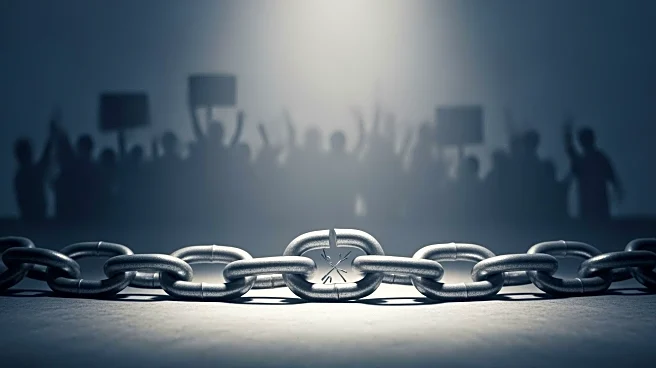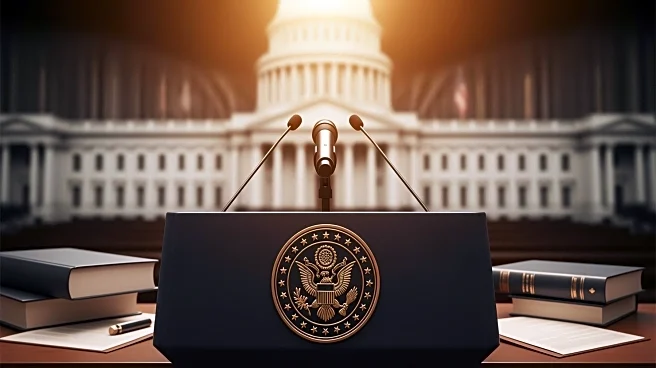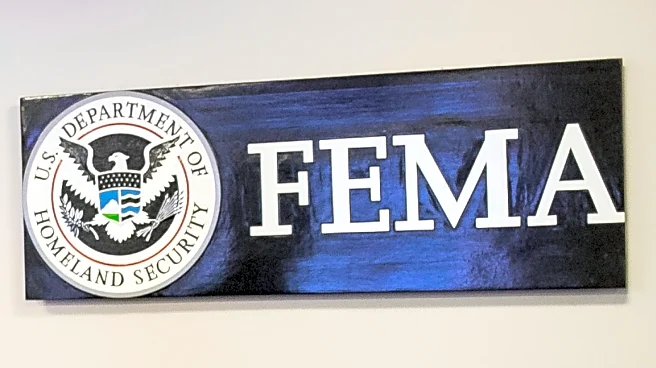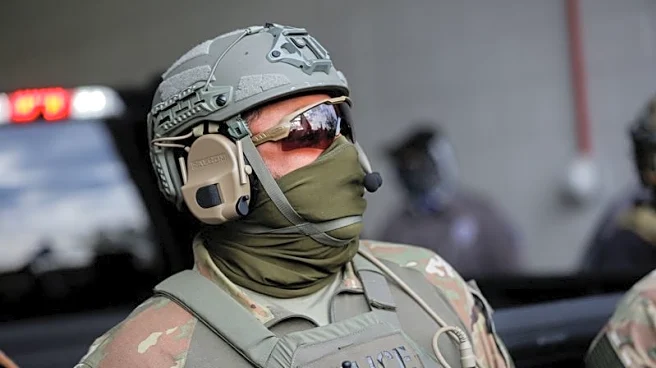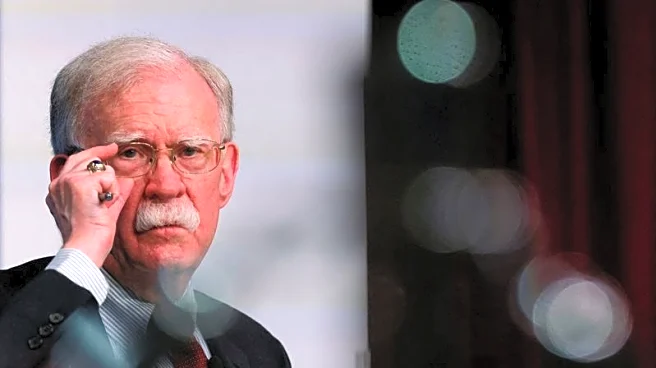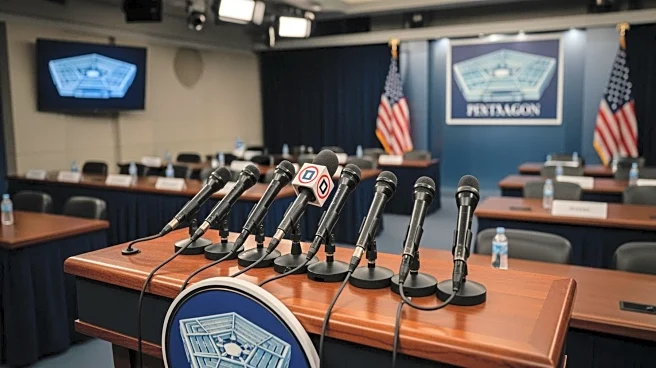What's Happening?
Current and former staff of the Federal Emergency Management Agency (FEMA) held a 'FEMA Solidarity Rally' outside the agency's headquarters in Washington, D.C. The protest was in response to workforce and program cuts under the Trump administration, which
some staffers claim threaten the agency's ability to manage federal disaster responses effectively. The rally was attended by several dozen people, including those who had been placed on leave after signing a public dissent letter in August. The letter criticized Homeland Security Secretary Kristi Noem and other officials for reducing staff and programs. Demonstrators expressed concerns that dismantling FEMA, as suggested by President Trump, would endanger lives and harm communities. The protestors called for the reinstatement of staff on leave, the resignation of acting administrator David Richardson, and an end to FEMA staff assisting U.S. Immigration and Customs Enforcement.
Why It's Important?
The protest highlights significant concerns about the future of FEMA, an agency crucial for disaster preparedness and response in the U.S. The potential reduction or elimination of FEMA could have severe implications for communities facing increasingly frequent and intense natural disasters. The agency's ability to respond effectively is critical for public safety and recovery efforts. The rally underscores the tension between FEMA staff and the Trump administration, which has proposed significant changes to the agency's structure and funding. These changes could impact the agency's operational capacity and its role in disaster management, affecting millions of Americans who rely on FEMA's services during emergencies.
What's Next?
The Trump administration has appointed a 12-person FEMA review council, led by Kristi Noem and Defense Secretary Pete Hegseth, to submit recommendations by December. Any major changes to FEMA's authority would require congressional action. In response, lawmakers have introduced the bipartisan 'FEMA Act,' which proposes reforms such as returning FEMA to a Cabinet-level agency and streamlining disaster assistance processes. The outcome of these legislative and administrative actions will determine the future structure and function of FEMA, with potential implications for disaster preparedness and response across the country.
